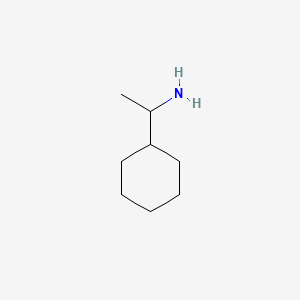eaturs
New member
- Awards
- 0
There's an aliphatic amine called 5-methylheptan-2-amine which is sure to have impressive and quality stimulant effects. Best of all, it seems to be naturally occurring and it's been part of the human diet for thousands of years: it's called walnut.
Evidence:
ccsenet.org/journal/index.php/ijb/article/view/25651
Why the hell isn't anybody selling this?
Evidence:
ccsenet.org/journal/index.php/ijb/article/view/25651
Why the hell isn't anybody selling this?
3.2 Chemical Compositions Comparison in Both Extracts
The tentative chemical compositions of two crude extracts were analyzed using GC-MS (Figures 6 & 7). The
percentages of major components of the extracts are given in Table 2 and 3, which demonstrated an interesting
concoction of compounds with significant antimicrobial activity. According to the results from the GC-MS
(Tables 2 & 3), it is clear that some compounds were present in both extracts which were: cyclobutanol (91.7%)
(Alaaddin et al., 2001); cyclopropyl carbinol (84.5%) (Lumir et al., 2008); alanine (80.9%) (Li et al., 2012);
(r)-(-)-2-amino-1-propanol (80.5%); 4h-pyran-4-one,2,3-dihydro-3,-dihydroxy-6-methyl (92.5%) reported as an
odor compound (Preininger et al., 2009) and based on previous studies, several important biological activities of
this compound were observed by several researchers such as anti-mutagenic activity agent against arylamine and
2-acetoxyacetylaminofluorene (2AAAF)-induced DNA damage in Chinese hamster ovary cells, (Berhow et al.,
2000), anti-alpha-glucosidase activity in patients with diabetes mellitus, (Quan et al., 2003), reactive oxygen
scavenging activity agent (Takara et al., 2007) and also anti-tumour activity (Ban et al., 2007);
1,3-dioxolane-4-methanol,2,2-dimethyl (88.6%) reported as antimicrobial agent (Daniela et al., 2009) ;
pyrimidine-2,4(1h,3h)-dione,5-amino-6-nitroso (82.6%); butanenitrile,2,3dioxo,dioxime,o,o-diacetyl (805%);
1,6,3,4-dianhydro-2-deoxy-beta-d-lyxo-hexopyranose (81.3%); 2-heptanamine,5-methyl (82.1%) and
benzaldehyde, 4-ethoxy (80.2%) (Table 2) in which some of them were reported to be antimicrobial agents
(Ahmedzade et al., 2003).

